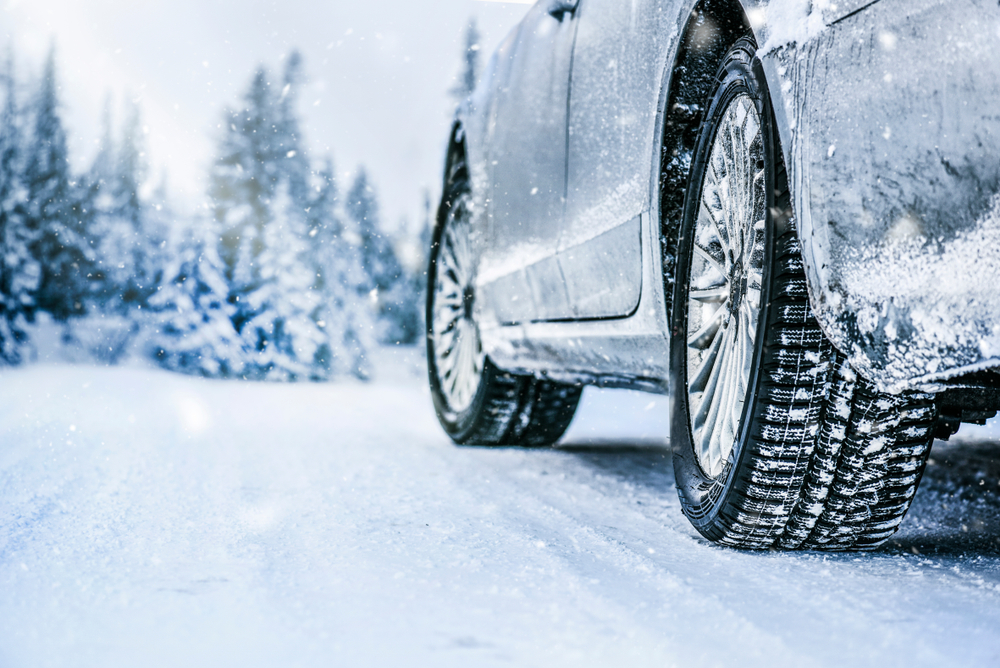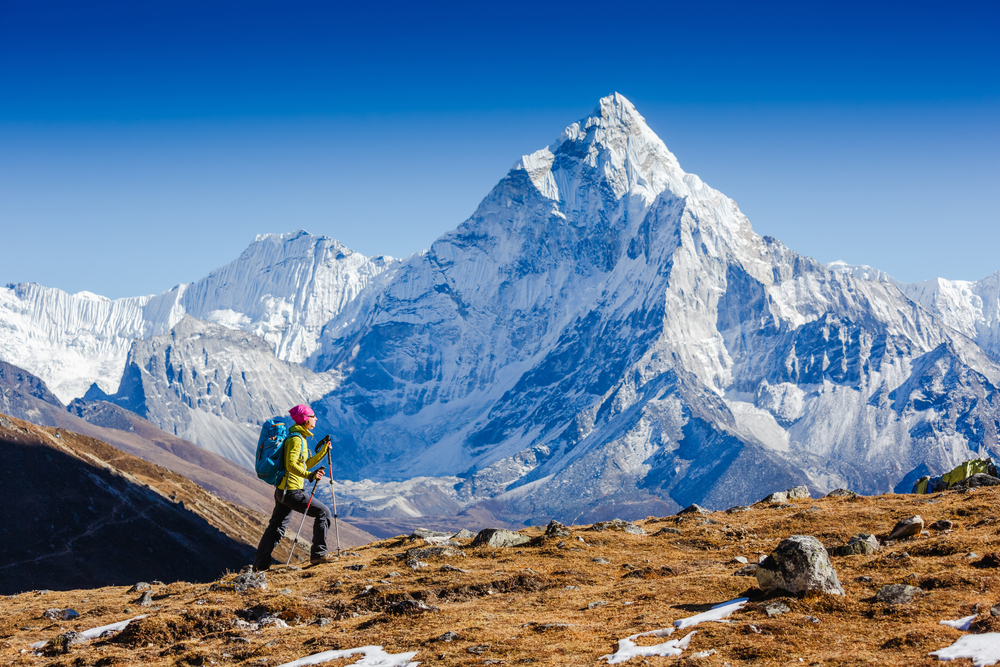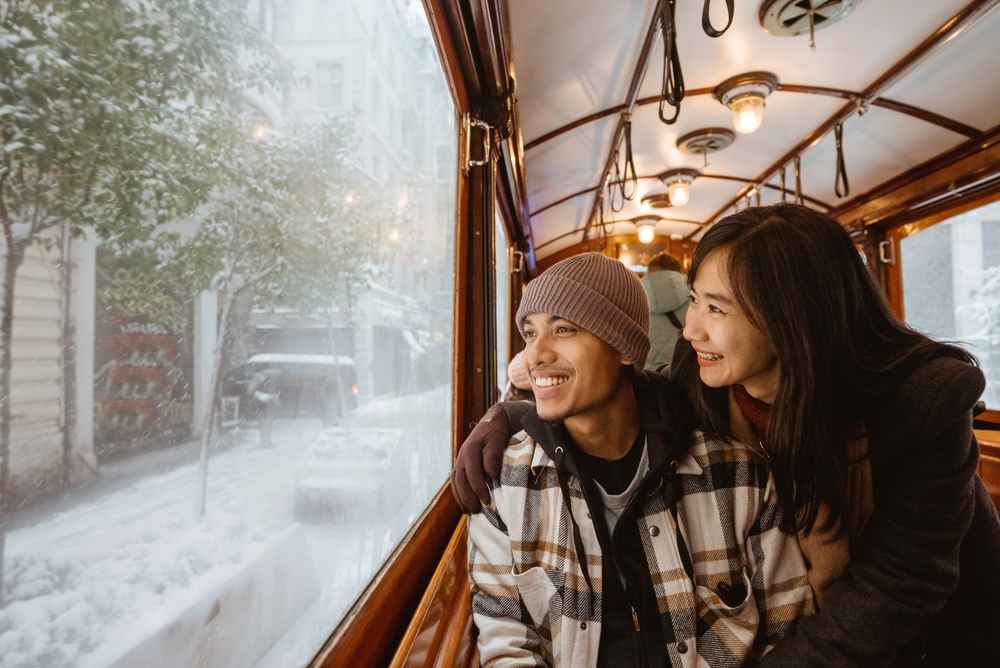Ready to venture on your post retirement adventures? Here are 10 travel tips to plan a safe and enjoyable trip! From health considerations to destination choices, check tips for smooth travel.
Setting out on a trip during your golden years can be a truly special adventure for senior citizens. Planning your journey with a focus on health and safety is key to making it enjoyable and memorable. From selecting destinations with senior-friendly features to ensuring accessible transportation, we aim to help seniors create cherished memories during their trips. It’s all about making the most of your travel while prioritizing your well-being and safety.
Here are several ideas to ensure a more enjoyable and memorable trip for seniors:
1. Accessible Accommodations: Choose accommodations that prioritize accessibility, with features like ramps, elevators, and spacious rooms. This ensures a comfortable stay without physical limitations.
2. Cultural and Historical Tours: Plan visits to destinations that offer cultural and historical significance. Guided tours with knowledgeable guides can provide valuable insights, making the journey both educational and enjoyable.
3. Senior-Friendly Transportation: Opt for senior-friendly modes of transportation, such as cruises or trains. These options often come with amenities catering to the needs of older travelers.
4. Healthcare Considerations: Research healthcare facilities at your destination and carry necessary medical documents and prescriptions. It’s essential to be prepared for any health-related concerns that may arise during the trip.
5. Leisurely Pace: Plan the itinerary with a leisurely pace, allowing for breaks and relaxation. Avoid overpacking the schedule to ensure a stress-free and enjoyable exploration of each destination.
6. Culinary Experiences: Explore local cuisine and savor culinary delights. Choose restaurants that offer a comfortable ambiance and cater to dietary preferences or restrictions.
7. Connect with Fellow Travelers: Consider joining senior travel groups like SilverWings. Connecting with fellow travelers of a similar age group can enhance the social aspect of the journey, fostering new friendships and shared experiences.
8. Technology Assistance: Embrace technology to assist in navigation and communication. Mobile apps for navigation, translation, and emergency assistance can be valuable tools during the trip.
9. Travel Insurance: Invest in comprehensive travel insurance that covers medical emergencies, trip cancellations, and other unforeseen circumstances. This provides peace of mind and financial security throughout the journey.
10. Flexibility in Plans: Be open to changes in plans and embrace spontaneity.
Sometimes, the most memorable experiences happen when deviating from the original itinerary. By incorporating these ideas, senior travelers can embark on a journey that not only caters to their unique needs but also creates lasting memories of exploration and discovery.



